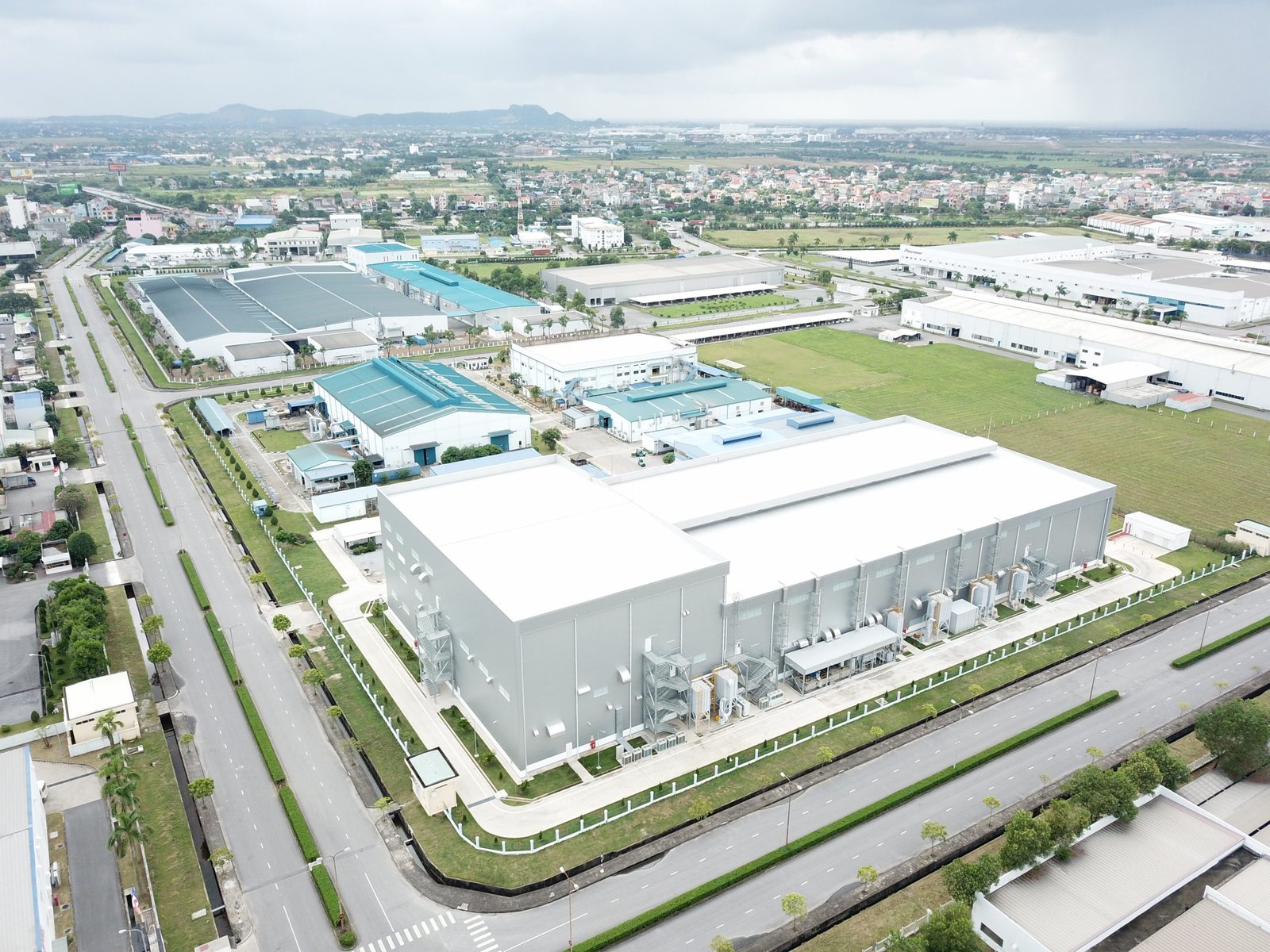
Structural Engineering in Textile Mill Construction
Structural engineering plays a pivotal role in the construction of textile mills. It involves designing and constructing frameworks that can withstand the loads and stresses imposed by heavy machinery, dynamic processes, and environmental conditions. At Ahmed Construction Company, our structural engineering team ensures that every textile mill we build is robust, efficient, and compliant with industry standards. In this blog, we will delve into the essential aspects of structural engineering in textile mill construction, highlighting key considerations, best practices, and innovative approaches.
1. Understanding Structural Requirements
Load Analysis
A thorough analysis of the loads the structure will bear is crucial. This includes:
- Static Loads: Weight of the building materials, machinery, and stationary equipment.
- Dynamic Loads: Moving loads from operational machinery and equipment, as well as vibrations.
- Environmental Loads: Forces exerted by wind, earthquakes, and other natural phenomena.
Material Selection
Selecting appropriate materials is vital for structural integrity and durability. Common materials used in textile mill construction include:
- Concrete: Provides strength and stability, particularly for foundations and load-bearing elements.
- Steel: Offers flexibility, tensile strength, and is ideal for framing and support structures.
- Reinforced Concrete: Combines the benefits of concrete and steel, enhancing the load-bearing capacity and durability.
2. Structural Design and Engineering
Foundation Design
The foundation is the bedrock of the textile mill, and its design is influenced by soil conditions, load requirements, and environmental factors. Key foundation types include:
- Shallow Foundations: Suitable for sites with stable soil, including spread footings and slab foundations.
- Deep Foundations: Used for sites with weak or unstable soil, including pile foundations and drilled shafts.
Framing Systems
The choice of framing system affects the building’s strength, flexibility, and resistance to loads. Common framing systems include:
- Steel Frame Construction: Preferred for its strength, flexibility, and ability to support large spans without requiring intermediate columns.
- Concrete Frame Construction: Offers excellent load-bearing capacity and fire resistance, suitable for heavy machinery and storage areas.
Floor Systems
Floor systems in textile mills must support heavy equipment and dynamic loads. Options include:
- Reinforced Concrete Slabs: Provide robust support for machinery and high load capacities.
- Composite Floor Systems: Combine steel and concrete for added strength and reduced weight.
Structural Integrity and Redundancy
Designing for structural integrity involves ensuring that the building can withstand unexpected stresses without collapsing. Redundancy is incorporated into the design to provide alternative load paths in case of structural element failure.
3. Compliance with Codes and Standards
Building Codes and Regulations
Compliance with local and international building codes is mandatory. These codes ensure that the construction meets safety, health, and environmental standards. Relevant codes include:
- International Building Code (IBC)
- American Concrete Institute (ACI) Standards
- American Institute of Steel Construction (AISC) Standards
Safety Standards
Adherence to safety standards protects workers and the structure itself. This includes implementing measures for fire safety, electrical safety, and machinery operation.
Sustainability and Environmental Compliance
Incorporating sustainable practices and complying with environmental regulations are increasingly important. This includes using eco-friendly materials, reducing waste, and implementing energy-efficient systems.
4. Construction Techniques and Innovations
Prefabrication
Using prefabricated components can significantly reduce construction time and costs. Prefabrication involves manufacturing structural elements off-site and assembling them on-site, ensuring precision and quality control.
Modular Construction
Modular construction involves building sections of the structure in a factory setting and assembling them on-site. This method enhances efficiency, reduces waste, and allows for better quality control.
Advanced Engineering Software
Utilizing advanced software for structural analysis and design enhances accuracy and efficiency. Tools like Building Information Modeling (BIM) enable detailed visualization, clash detection, and efficient project management.
Seismic and Wind Load Considerations
Designing for seismic and wind loads is crucial in regions prone to earthquakes and strong winds. This involves incorporating bracing systems, flexible joints, and reinforced connections to enhance the building’s resilience.
5. Quality Control and Testing
Material Testing
Conducting rigorous material tests ensures that the selected materials meet the required standards of strength, durability, and performance. This includes testing concrete mixes, steel reinforcements, and other structural materials.
Structural Inspections
Regular inspections during construction ensure that the work adheres to design specifications and quality standards. This involves checking reinforcement placement, concrete pouring, and steel connections.
Load Testing
Load testing involves applying loads to structural elements to verify their strength and stability. This ensures that the structure can safely support operational loads and withstand dynamic forces.
6. Maintenance and Longevity
Regular Maintenance
Implementing a regular maintenance schedule ensures the longevity and safety of the textile mill. This includes inspecting structural elements, repairing any damage, and maintaining protective coatings.
Upgrades and Retrofitting
As technology advances and production needs evolve, upgrading and retrofitting the structure may be necessary. This involves enhancing load capacities, improving safety features, and integrating new systems.
Conclusion
Structural engineering is a critical component in the construction of textile mills, ensuring that the facility is safe, durable, and efficient. At Ahmed Construction Company, we leverage our expertise and advanced engineering practices to deliver robust and resilient textile mills. By focusing on load analysis, material selection, compliance with codes, and innovative construction techniques, we build facilities that meet the highest standards of quality and performance.
If you are planning to construct a textile mill in Pakistan, contact Ahmed Construction Company today. Our team of experienced structural engineers is ready to help you create a facility that stands the test of time and supports your production needs efficiently.



